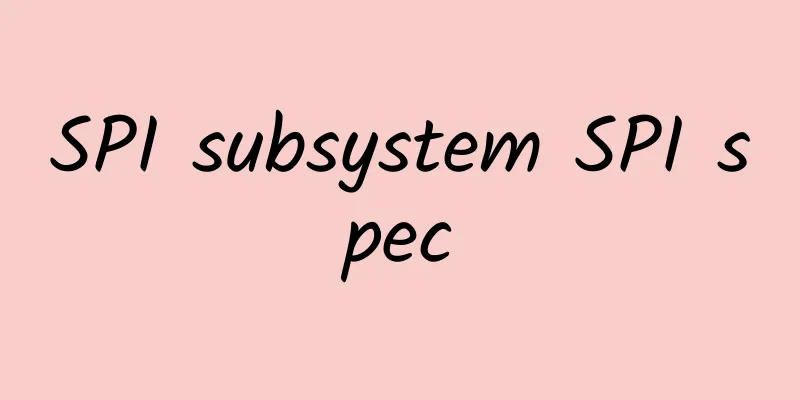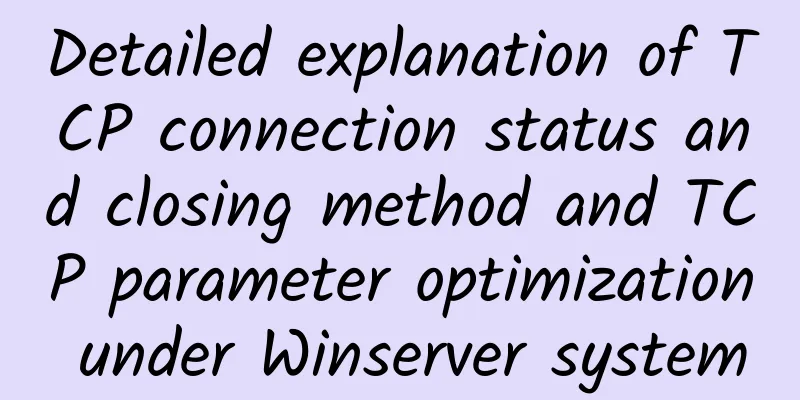Virtualization Journey

|
So, how can enterprises fully realize the benefits of advanced virtualization technology? Today, the process of enterprise virtualization deployment maturity can be roughly divided into four important stages: deployment implementation stage, optimization stage, automation stage and advanced automation stage, which includes software-defined networking and storage. Below are some guidelines for your company to refer to for each specific stage, including the best practices that can enable today's IT companies to use virtualization technology most effectively and keep pace with the development of future applications.
*** Phase: Deployment and implementation and basic operations In order to achieve the initial start-up and operation of virtualization, IT companies should prepare for the effective deployment and implementation of virtualization by establishing core business technologies, as well as appropriate configuration, security, migration, disaster recovery and backup processes. The more mature and stable the above functions are before the relevant virtual machines (VMs) are created and different workloads are assigned to different virtual machines, the easier the implementation process of virtualization in your enterprise will become. After the initial deployment is completed, it is necessary to implement strict monitoring and maintenance of the virtual servers so that inevitable performance and capacity problems can be repaired in a timely manner, as well as to ensure the most basic operational efficiency of the documents. This centralized monitoring also helps to ensure the availability and priority of resources to maximize the satisfaction of service level agreements and end-user needs. Too often, this phase is marked by serious mistakes and over-oversight, such as improper capacity planning or building a virtual environment that ignores the ultimate scale and technology developments that will occur in the future. These common execution mistakes can lead to costly hosting issues that ultimately hinder an organization’s ability to move to the next phase. At this point, most companies have basically achieved basic deployment and established a stable virtualization environment. However, many companies never go beyond reactive management techniques and may be stuck at this stage. Those IT companies that begin to reflect on themselves: "How can we do better?" will be able to understand the benefits of proactive management and begin to make progress or even further develop into the optimization stage, thereby significantly improving agility and performance. Phase 2: Optimization After successfully deploying a virtualized infrastructure and achieving a baseline level of operation, IT organizations can turn their attention to optimizing the performance and flexibility of the infrastructure while ensuring that the business gets the most support from physical hardware, thereby achieving its competitive advantage as technology evolves. However, virtual environments also bring some unique challenges: in addition to detailed planning and careful management, administrators must also find ways to maintain an optimized environment. Enterprises can host a variety of methods to improve the performance of virtual environments, starting with simple consolidation of virtual machines to save a lot of operating capital and energy consumption costs. However, for those enterprises that need a larger virtual environment, managing virtual machine sprawl and rationalizing virtual machines are the most important optimization means. Virtualization makes it easy to create additional VMs; however, over-provisioning can result in a reduction in overall environment performance. Failure to detect VM sprawl also often leads to security breaches, especially if VMs are left unpatched for too long. To help prevent VM sprawl, IT organizations should continually ask themselves this question: "Is this VM still needed, and if so, are the resources allocated to it at the appropriate level?" Other best practices for managing VM sprawl include implementing a formal request approval process before creating a new VM, limiting IT administrators from creating new machines, and establishing a detailed chain of ownership accountability for VM creation. Enterprises can also establish a showback system to report resource consumption in a timely manner, and even theoretical costs can be shared with end users to encourage good operational behavior and prove that VMs are not free. In addition to controlling the sprawl in a virtual environment, administrators must also plan for additional virtual machines that the business may need in the future. Therefore, capacity planning is also an important part of the optimization phase, ensuring that all hosts have sufficient capacity resources, which requires the enterprise to have a comprehensive understanding of its historical performance data and make wise recommendations. The order created by these optimization processes often transcends a virtual environment, allowing the enterprise to easily progress to the third stage. Phase 3: Automation For enterprises ready to move beyond the optimization stage, the third stage of virtualization maturity is automation. In addition to well-understood and fully documented workflows, best practices and policies in place to further enhance the scalability and flexibility of automation, this stage also relies on a solid foundation of strong basic processes in place. Therefore, this process should be built on the support of the first and second stages. True virtual environment optimization should start with monitoring the environment using automated management tools to collect data, analyze performance and provide automated alerts, which then form the basis for more advanced automation and orchestration. These alerts can be automated, in which case user authentication is done before the "click of a button" or fully automated, in which a machine takes automated actions to perform the authentication. Successfully moving to the automation stage will create a more proactive, flexible virtualized infrastructure that can truly realize the benefits of virtualization, including enhanced speed, greater cost savings and simplified end-user services. However, determining when and how to start automating is difficult. For enterprises that are in the first stage of automation, a good approach is to gradually automate based on risk, value and predictability. In other words, safe first. Identify a low-risk, high-value and predictable test environment, learn from mistakes, and learn to create best practices for wider deployment. IT organizations should also choose an automation tool or framework to match the skills and expertise of the company's experts. Phase 4: Automation 2.0—Software Defined While the third stage (automation stage) is already the goal for most enterprises today to achieve an effective virtualized environment, the industry is already beginning to look at its fourth stage, or what a virtualized environment can be considered mature virtualization: software-defined networking and storage. These technologies enable enterprises to accelerate application deployment, deliver more than just computing resources, and significantly reduce IT costs through more data center-wide workflow automation. Software-defined data center technologies can be easily purchased, but the difficult part is to adapt them to the current processes and technologies of the enterprise, effectively use them, and make them truly make the business more effective and efficient. Before considering entering this stage, IT companies should ensure that their virtual environment is built on a solid foundation and ensure the best practices of the three stages before the period. They should also see the obvious competitive advantages of risk avoidance and cost savings that can be brought to the enterprise by adopting this technology. in conclusion The benefits of virtualization to enterprises in terms of cost savings, increased availability and improved flexibility to meet the needs of end users are unquestionable. However, for many enterprises, it is difficult to go beyond the most basic technical implementation. Whether an enterprise is just beginning its virtualization journey or is already looking to progress to a more advanced stage, referring to the framework in this guide will not only help your enterprise maximize the benefits of each stage of virtualization deployment, but also help your enterprise lay a good foundation for entering the next stage and achieve value-added benefits. |
<<: Eight facts about data center design and construction
>>: Huawei FusionServer RH8100 adds another option to the mission-critical server market
Recommend
With another 600,000 base stations added in 2021, will the number of 5G users increase dramatically?
As we all know, my country's operators have b...
How Network Modernization Drives Digital Transformation
[[422647]] The fact is that the global outbreak o...
In 2020, who will break out in the 5G era?
In June 2019, the Ministry of Industry and Inform...
5G can be unleashed through chip innovation
The arrival of 5G has brought with it an unpreced...
Canceling traffic "roaming": Will there be 93 operators in China?
At the first session of the 13th National People&...
In the 5G era, Ruijie Networks' all-dimensional evolution of carrier data center capabilities
After the 5G commercial license was issued, the M...
5G news is coming! China Mobile has opened trial commercial services to 15 provinces: over 100 million users, no need to change to 5G phones
On October 14, at the "5G Message Ecosystem ...
A brief analysis of traffic management of Istio component Envoy
Background The development convenience brought by...
The HTTPS certificate revocation mechanism that you don’t care about may cause you catastrophic security problems!
origin I occasionally watched "The Longest D...
Driven by 5G and innovative services: Operators' profitability has been significantly improved
[[431005]] Recently, the three major operators ha...
[Python Flask Practice] Get HTTP request data
[[389990]] When the client accesses the server pr...
How to promote 5G packages in small and medium-sized cities
From the perspective of package value, the curren...
WonderShaper: Network card speed limit tool
1. What is WonderShaper WonderShaper is a tool fo...
How to Evaluate DCIM Tools for the Modern Data Center
There are almost too many data center infrastruct...
5G packages in various countries are ridiculously expensive! How is 5G priced in my country?
In 2019, 5G communication technology gradually be...

![[11.11] CMIVPS recharge 10% off, 30% off for all VPS annual payments, buy 10 months of dedicated server and get 2 months free](/upload/images/67cabd1b7c50a.webp)







